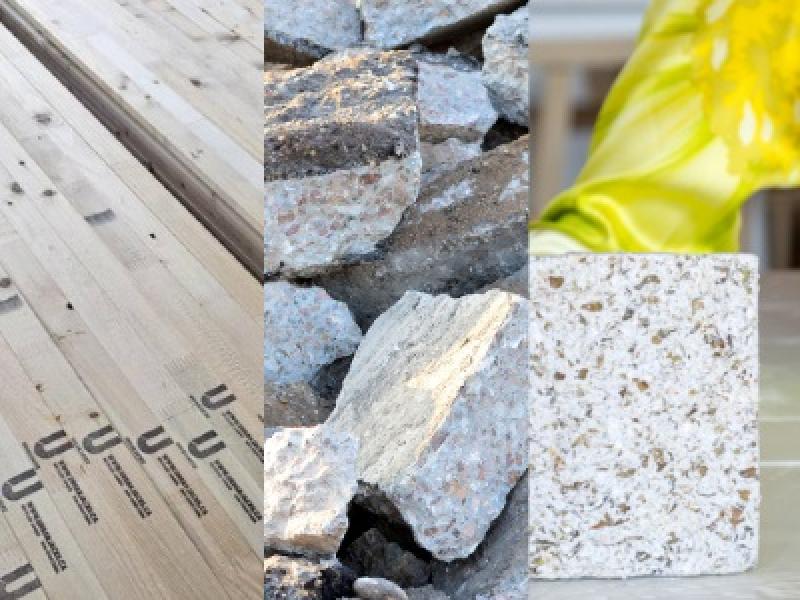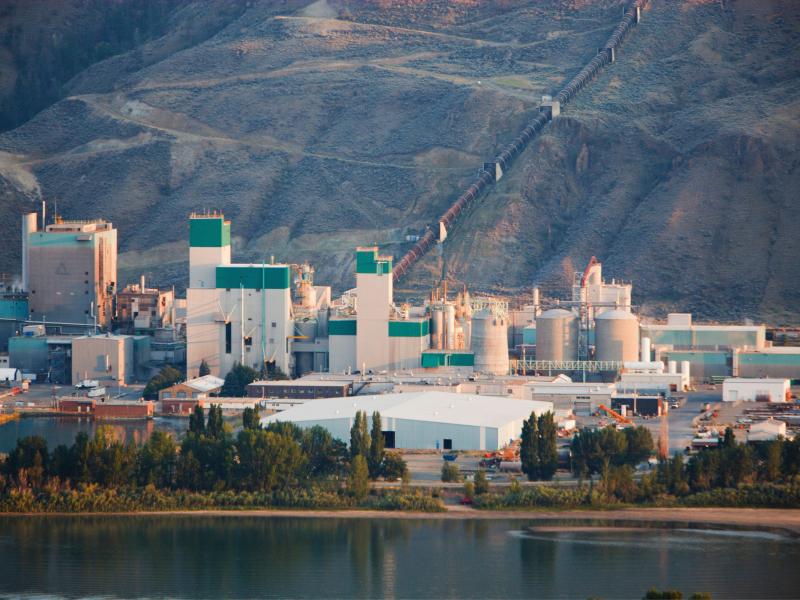
CVW CleanTech (CVW-X) is broadening its commitment to developing clean technologies that recover and repurpose industrial waste products by means of a $14-million royalty investment in Northstar Clean Technologies Inc.
This funding will take the form of a five-year $14-million second convertible debenture entitling CVW to receive recurring royalties of not less than 12 per cent of revenues generated by Northstar's next two asphalt shingle reprocessing plants.
"As part of our commitment to create shareholder value, we are excited to launch our diversification strategy to create a leading cleantech royalty platform by announcing our first cleantech royalty transaction (and partnership) with Northstar Clean Technologies," Akshay Dubey, CEO and director of CVW, said in a release.
An initial payment of $1.5 million has been made by Calgary-based CVW to Northstar as part of the deal Northstar CEO Aidan Mills described as "transformational" for his company and "will rapidly accelerate the development" of these planned new facilities.
By entering into the royalty deal with Northstar, headquartered in Vancouver, CVW is able to sustain shareholder value and maintain reliable cash flow while actively developing its own waste minerals recovery tech.
CVW has capability of recycling Alberta oilsands ponds tailings

Dubey is hopeful of signing a major deal in the near future, possibly with one of Canada's three largest oilsands mining companies - Imperial Oil, Suncor, and Canadian National - to complete financing on its proposed $400-million facility to collect froth tailings from existing waste ponds that produce comparatively high levels of harmful carbon emissions.
CVW has developed and patented a technology that recovers bitumen, solvent and other critical minerals from the froth treatment tailings produced by major oil companies operating in Alberta's Athabascan oilsands.
These companies are facing intense pressure to reduce their environmental impact and improve their ESG metrics. CVW is poised to help these heavy emitters substantially curb their carbon footprints.
Dubey estimates CVW's technology can deliver 300,000 to 500,000 tonnes of reductions in carbon dioxide (CO2) equivalent emissions per site. This translates to a potential overall reduction of nearly three million tonnes of carbon emissions across multiple sites in Alberta that would lower Canada's total CO2 emissions by 0.5 per cent.
"The Alberta oilsands industry makes up about 60 per cent of Canada's total oil production and 60 per cent of that comes from six oil sands mines that produce about one-and-a-half million barrels of oil per day," Dubey said in an interview with Sustainable Biz Canada.
"To give you a sense of scale, taken together the oil sands would rank as the 13th or 14th largest country in the world by oil production. For every barrel of oil produced in the oilsands, (the oil companies) produce one and a half to two barrels of waste product called tailings."
These tailings are then deposited into large ponds which collect the waste over time. Dubey notes one such tailings pond used by Syncrude is six kilometres long, four kilometres wide, and 30 metres deep.
"That is one of four tailings ponds that Syncrude alone is using and ranks among the largest tailings ponds in the world. As the volume of oil production grows, so does the volume of the tailings ponds and the corresponding environmental liability."
CVW tech can recover huge amounts of hydrocarbons

By collecting these froth treatment tailings and diverting them to its projected reprocessing plant, CVW could recover up to 13.2 million barrels of hydrocarbons and produce 1.5 million tonnes of critical mineral concentrates per year.
This includes two million barrels of oil and an additional 300,000 barrels of solvent per year which oil sands developers are losing through their existing oil extraction processes.
The tailings ponds contribute approximately three to four per cent of Canada's fugitive methane emissions. By recovering these hydrocarbons before they enter the ponds, CVW's technology can achieve major reductions in the amount of CO2 that would otherwise enter the atmosphere.
"Not only can we enable (oil companies) to stop increasing the size of the ponds by collecting those fresh tailings, we are also able to go back and reprocess the contents of the ponds themselves at end of mine life. The huge benefit of our technology is its ability to take an environmental liability and put it to productive use," Dubey explained.
Most funds raised to build waste reprocessing facility
The only obstacle standing in CVW's way is the massive capital outlay of $400 million to finance construction of its proposed hydrocarbon recovery plant. CVW has raised 70 per cent of the financing and is looking to secure the remaining portion from provincial and federal investment programs.
"Our proposal is that we and the operators would each share 20 per cent of the construction costs. That would be about $160 million in equity," Dubey said. "We've already secured an additional 30 per cent in project debt from large financial institutions and we expect to raise the remaining government funding we need in the next few months. This will give us a very robust structure to move forward.
"There's a lot of vested interest from different parties in this project and as we stand today we're fully engineered and ready to deploy our technology.
"We've been negotiating with the oilsands operators over the last few years to get one of them to get us across the finish line. The key now is to get one of them to commit to building the first facility."










